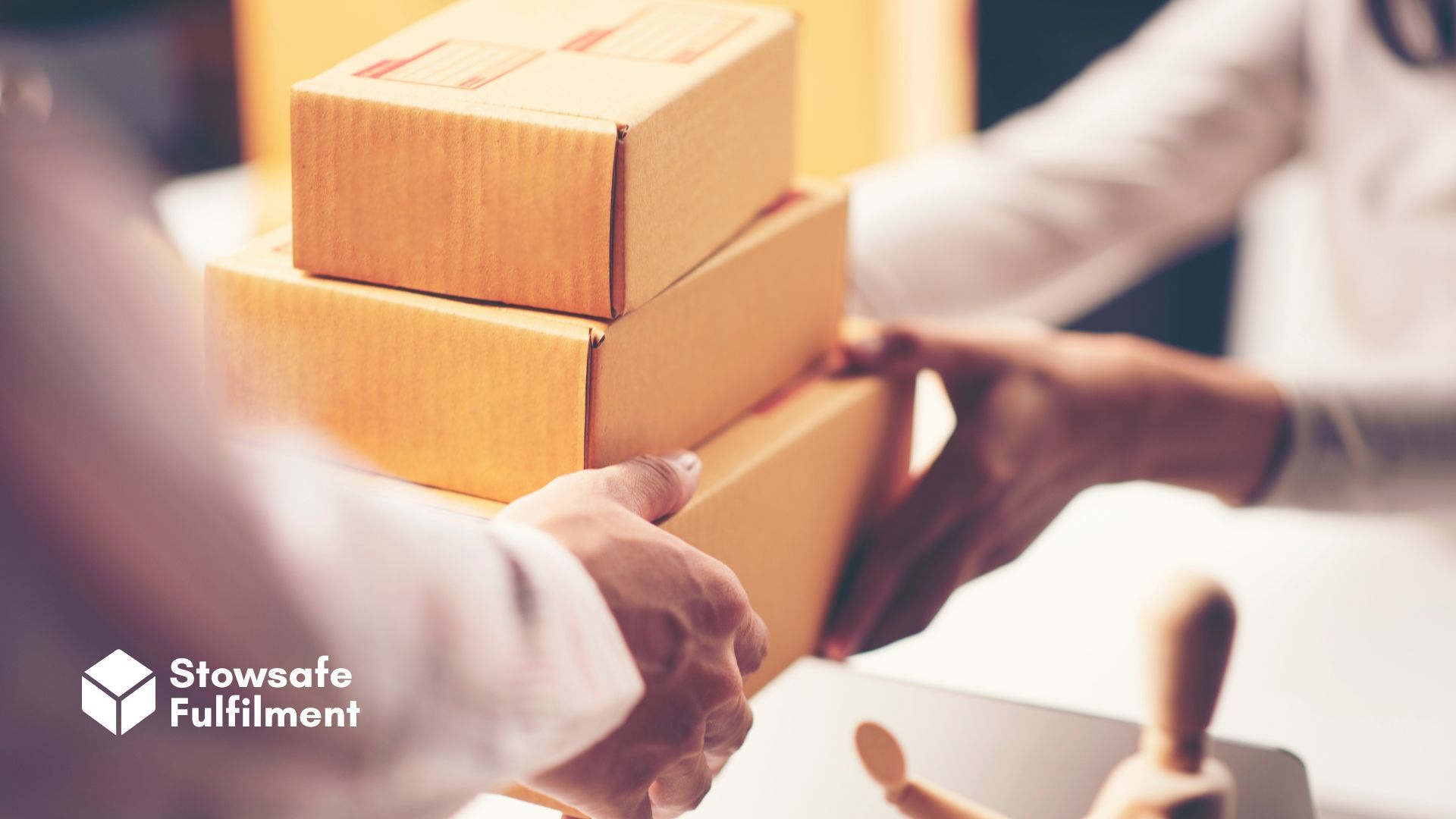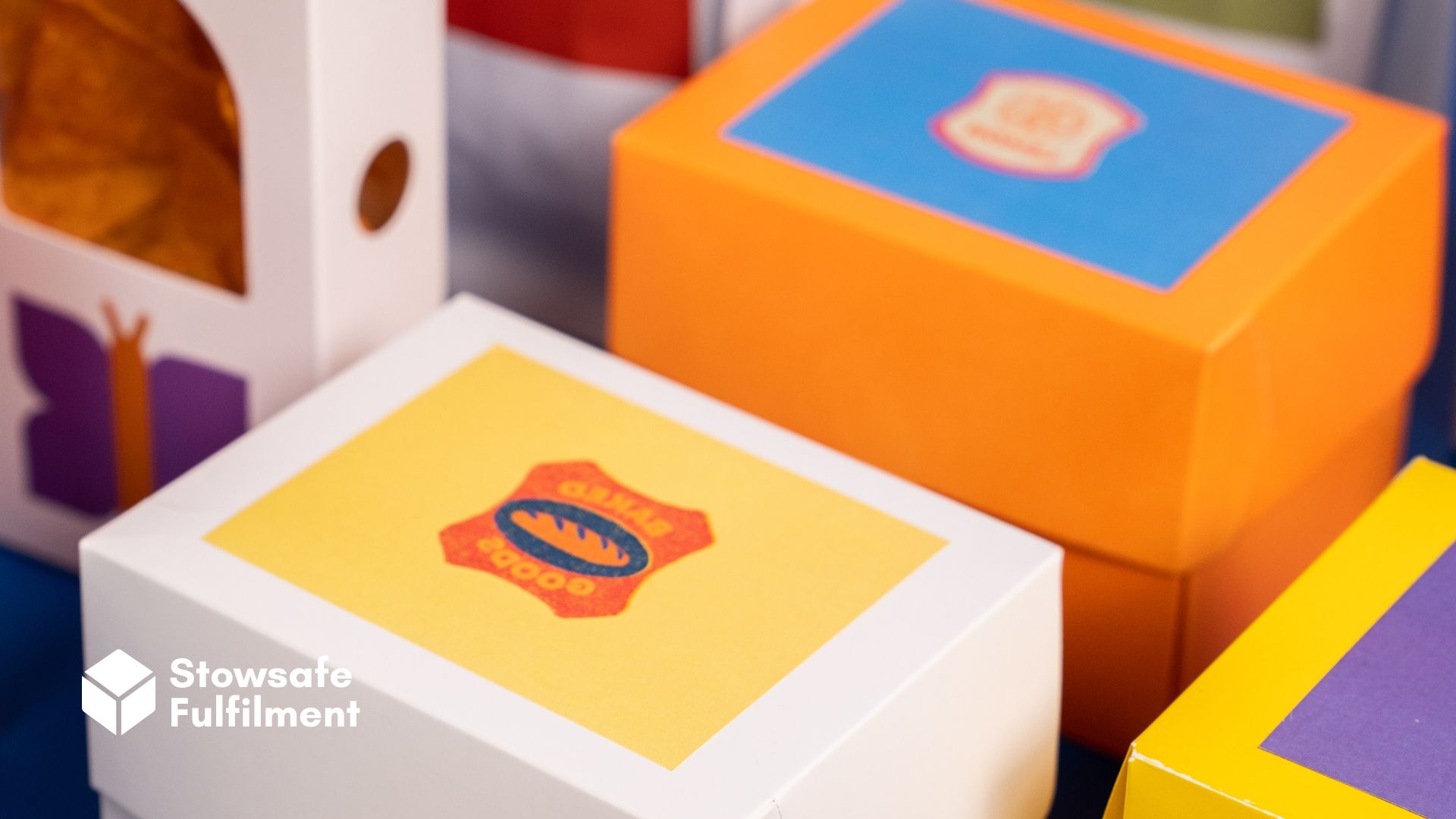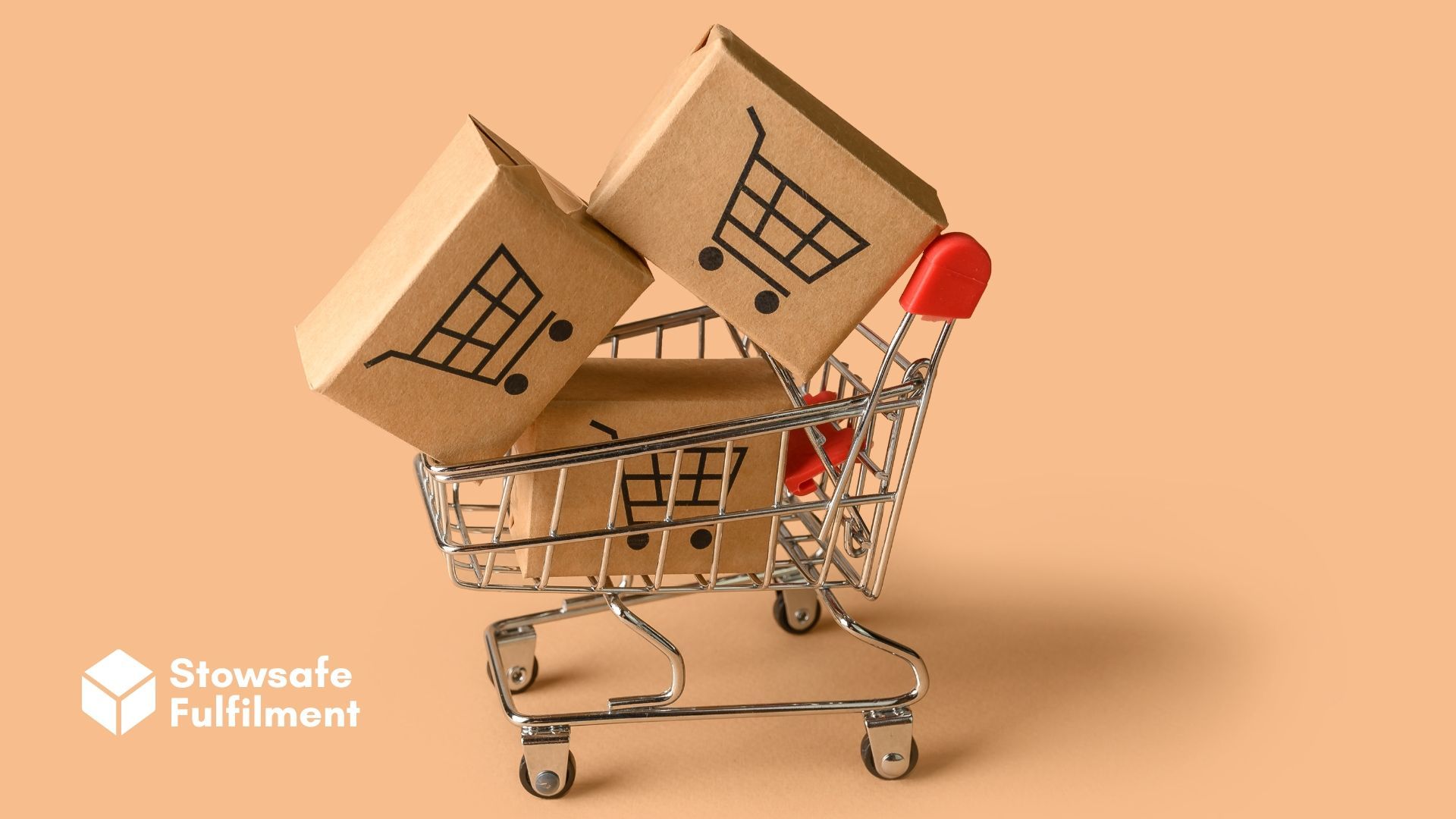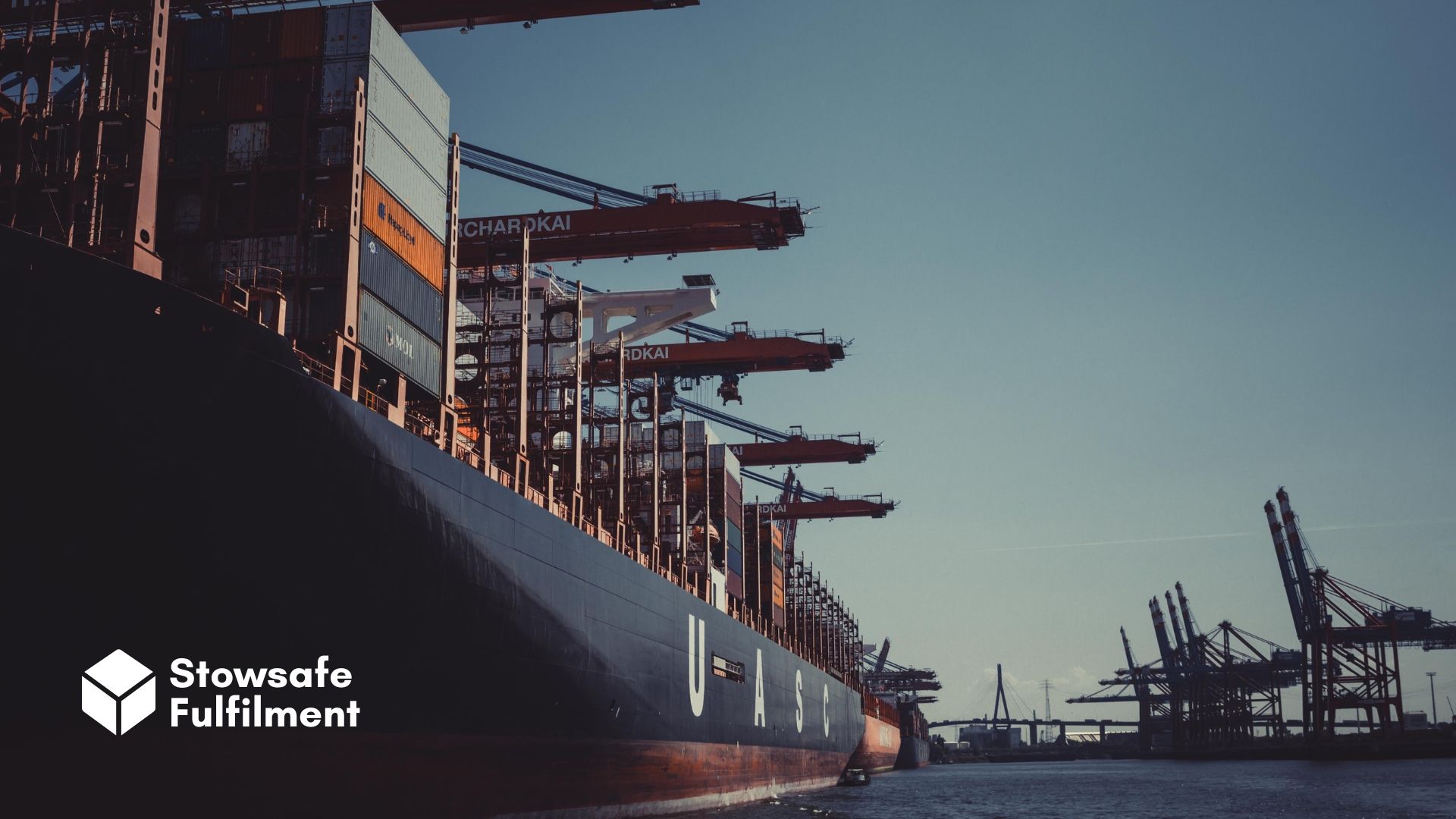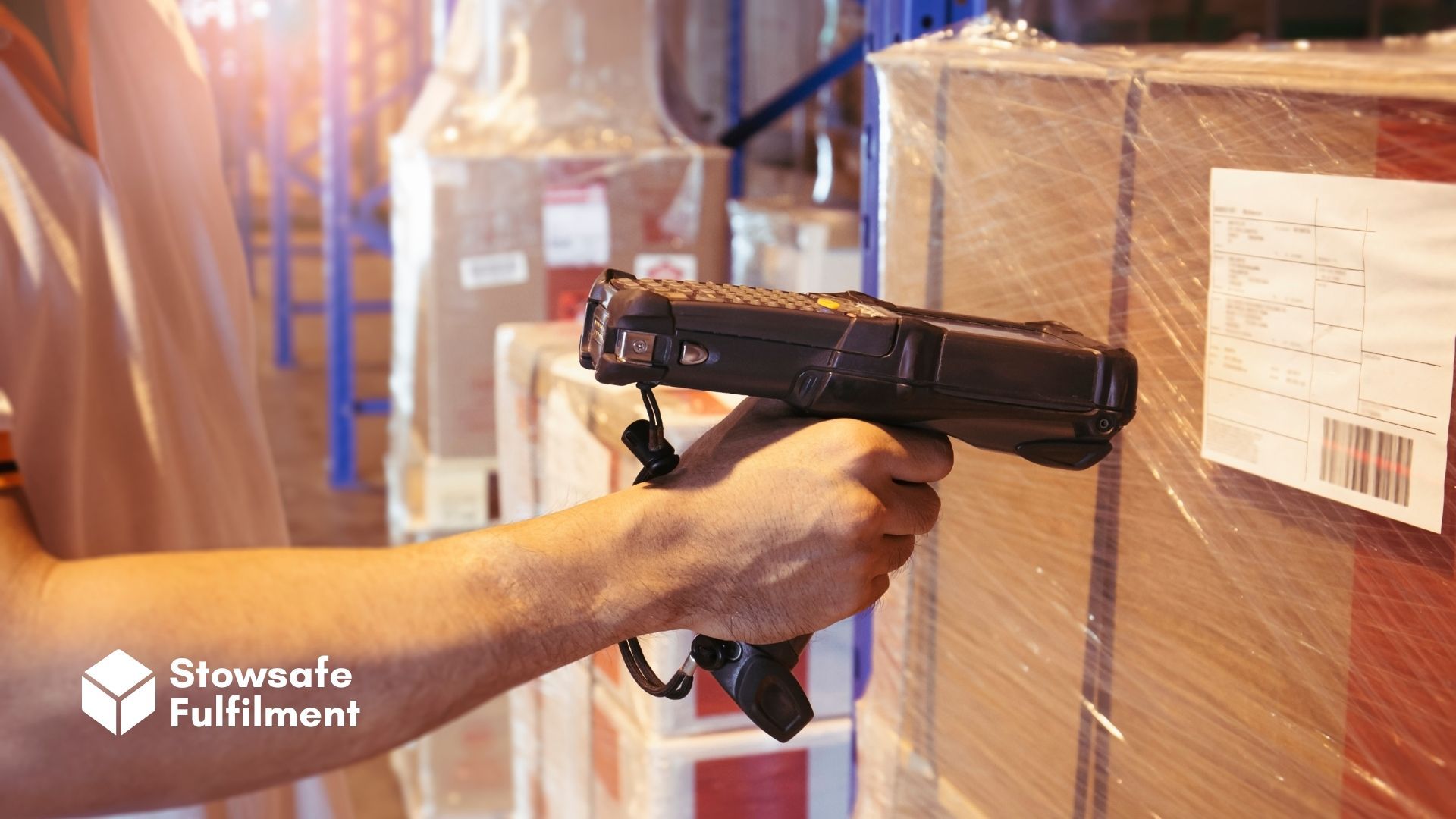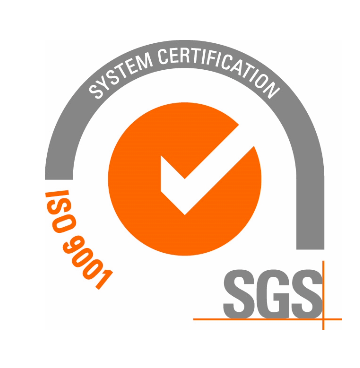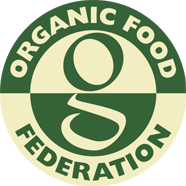What is a MOQ – and what does it mean for suppliers and buyers? Find out in our back-to-basics guide.

If you're new to the world of trade, you've probably encountered a fair few acronyms that have left you scratching your head.
You might know your VATs and your ROIs. But what in Amazon's name is a BOPIS? Or a WOM? Or – deep breath – an EBITDA?
Yes, our industry has more acronyms than a rogue game of Scrabble. Today, we'll focus on one of the most essential: MOQ.
What is MOQ?
MOQ stands for "minimum order quantity". It comes into play when a retailer orders products from a B2B supplier.
Many suppliers set minimum order quantities to help manage their own resources. These limits might be based on the total value of the order or on the number of units sold.
Let's say that you're a B2C retailer. You need to stock up on coasters. Your supplier has set a minimum order quantity of 1,500 units for coasters.
The coasters cost 30p each. You need to order at least 1,500 of them, which means spending at least £450 to get the order out of the door.
Why do suppliers set MOQs?
Getting the right MOQ is a balancing act for buyers and suppliers alike. Like a game of retail hot potato, the supplier wants to pass some risk to the buyer without making life so difficult that they take their business elsewhere.
This risk is particularly high when low-value products are on the table. It simply wouldn't be viable for our coaster supplier to allow its buyers to purchase one, two or three units at a time. They're likely to
lose
money on these low-value orders when manufacturing, staffing and shipping costs are factored in.

But costs are only one slice of the risk pie. MOQs are also an important part of a supplier's inventory management strategy.
Let's say ACME Homeware has manufactured 10,000 coasters themed around a royal wedding. By setting a high MOQ, ACME gives itself a better chance of shifting units before wedding fever wears off. After all, unsold stock has its own financial and logistical challenges – even when it's not as time-sensitive as our matrimonial tableware.
High-value products, on the other hand, tend to sport lower MOQs. Their higher ticket prices mean that suppliers can recoup more of their production costs for each product sold – and because they're produced in lower quantities, there's less risk of sitting on unsold stock.
What affects MOQs?
As we've seen, a product's price can affect its MOQ. Bulk products have higher MOQs, on average, because they're cheaper to produce but carry more risk per unit.
But this isn't always set in stone. Outside influences and practical considerations can lead to lower MOQs on bulk items and higher MOQs on high-ticket items.
Market demand is a biggie. If ACME's regal coasters are flying off the warehouse racks, it's in the business's interest to offer a reduced MOQ. It can be confident that the stock will sell, so it can afford to take on more risk in return for a lower barrier of entry for its customers.
Certain types of products can disrupt the usual MOQ formula too. Take food items. A luxury edible is likely to sport a high MOQ, regardless of its ticket price, simply because it will perish if left lingering on a warehouse shelf.
Even global politics can shake up the status quo. At the time of writing, we're experiencing significant supply chain disruptions thanks to ongoing geopolitical unrest. Disruptions like this hike up shipping costs, which means more risk for suppliers and a higher MOQ for buyers.
Do MOQs benefit buyers?
The picture we've painted so far puts suppliers firmly in charge. They set the MOQs and buyers can like it or lump it.
But this isn't quite how things work in reality. More often than not, MOQs are negotiable. A buyer and seller will agree on a MOQ that, on balance, benefits both parties.
A MOQ is a bargaining chip. If a buyer agrees to a seller's MOQ, they'll often be rewarded with favourable payment terms and a better price per item.

This all adds up to good old-fashioned relationship building. With time, negotiations lead to increased trust, transparency and mutual back-scratching.
It's all about knowing what you're signing up for. MOQs set boundaries – you, as the buyer, know how much you have to order and what you'll have to pay. This means easier budgeting and inventory management, even if you'd really rather order 60 than 600.
MOQs vs EOQs
MOQ is a supplier's metric. Economic order quantity (EOQ), on the other hand, is determined by the buyer.
EOQ is, effectively, your minimum viable order size. You, as the buyer, want to order as few units as possible – and thus manage purchasing and inventory costs – while still ensuring that customers aren't left high and dry by stockouts.
EOQ is an "ideal world" metric – not least because it's constantly in tension with your supplier's MOQ. They're the yin and yang of supply chains – and it's the buyer's job to strategically balance the two metrics through negotiation and smart inventory management.
How we can help
Here at Stowsafe Fulfilment, we're dab hands at B2B order fulfilment. We're ready to help suppliers of any size with our scalable UK warehouse space and bespoke third-party fulfilment services.
When we say "bespoke", we really mean it. Our
order fulfilment process is 100% tailored to your needs so you can deliver the same great service to buyers and settle into a new fulfilment routine with minimal disruption.
This means assisting with custom labelling, kitting and even product reworking. Our trained staff are on hand to help, whether it's a one-off project or an ongoing operational function.
And it means scaling at the drop of a hat. If you need more space or want to scale back, we've got the flexibility to make it happen – and fast.
And, of course, it means honouring your MOQs and adjusting them as necessary.
When you sign up with us, you're not just getting a fulfilment partner. We act as an extension of your own business – and you can expect the same from us as you would from any in-house team.
Interested in working together?
Get in touch today to arrange a meeting with one of our experts.
All Rights Reserved | Stowsafe Fulfilment


